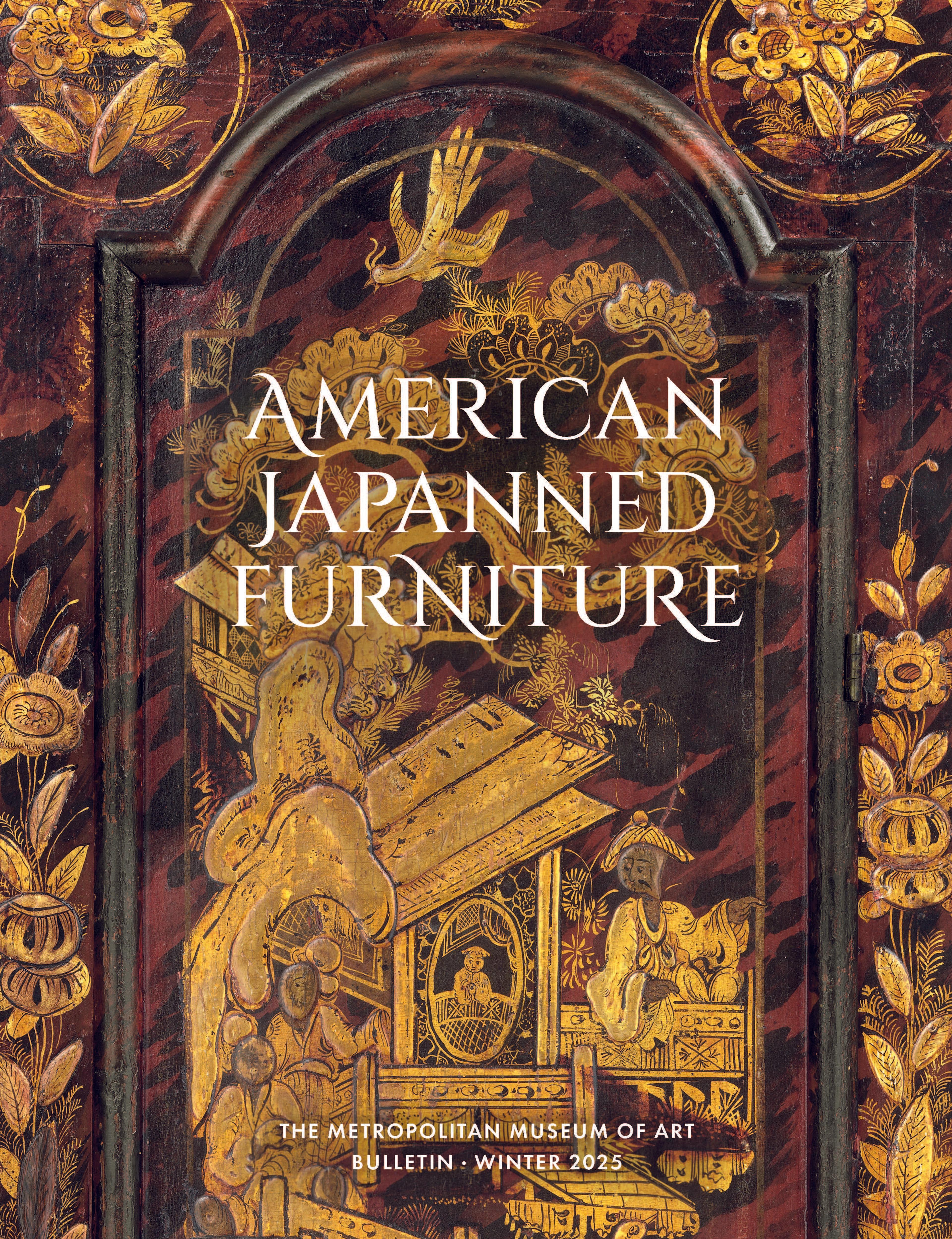Design for a Chinese-style Lacquer Cabinet
This design for a lacquer cabinet reflects the European interest in the Orient, which emerged in the 17th-century when trade routes to the East were more and more frequented. Especially during the late Baroque and Rococo periods, designs inspired by Asian art were incorporated in the interior and lacquer work furniture, or imitations thereof, were in high demand. In the German speaking regions, where this design was made, there were two main centers of lacquer work production in the early 18th century: one in Berlin led by the Flemish artist Gerard Dagly (Flemish, Spa 1660-1715 Berlin), and one in Dresden run by Dagly’s pupil, Martin Schnell (Bremen, ca. 1675 – 1740 Dresden (?)). The design of this cabinet is so close to certain pieces produced by the latter, that it seems likely to have been made in Dresden, possibly even in the workshop of Schnell himself. The drawing, which seems to have been made to enthuse a client, is particularly interesting because it contains contemporary inscriptions which describe the execution of the piece in great detail. The cabinet was to be executed in lacquer work and was painted on all four sides. The interior of the cabinet counted 15 drawers, all of which were painted as finely as the exterior of the cabinet. The base color was black, while the landscapes were executed in various colors and finished with gold paint. The metal mounts were all fire-gilded and decorated with enamel. In most cases, a customer would buy not one, but two identical or very similar cabinets, which would be placed in a symmetrical arrangement against the wall.
Artwork Details
- Title:Design for a Chinese-style Lacquer Cabinet
- Artist:Anonymous, German, 18th century
- Artist:Manner of Martin Schnell (Central European, Bremen ca. 1675–1740 Dresden (?))
- Date:ca. 1720–30
- Medium:Pen and black ink, brush and gray and brown wash
- Dimensions:sheet: 15 13/16 x 12 3/16 in. (40.2 x 30.9 cm)
- Classifications:Drawings, Ornament & Architecture
- Credit Line:The Elisha Whittelsey Collection, The Elisha Whittelsey Fund, 1960
- Object Number:60.576.11
- Curatorial Department: Drawings and Prints
More Artwork
Research Resources
The Met provides unparalleled resources for research and welcomes an international community of students and scholars. The Met's Open Access API is where creators and researchers can connect to the The Met collection. Open Access data and public domain images are available for unrestricted commercial and noncommercial use without permission or fee.
To request images under copyright and other restrictions, please use this Image Request form.
Feedback
We continue to research and examine historical and cultural context for objects in The Met collection. If you have comments or questions about this object record, please contact us using the form below. The Museum looks forward to receiving your comments.
